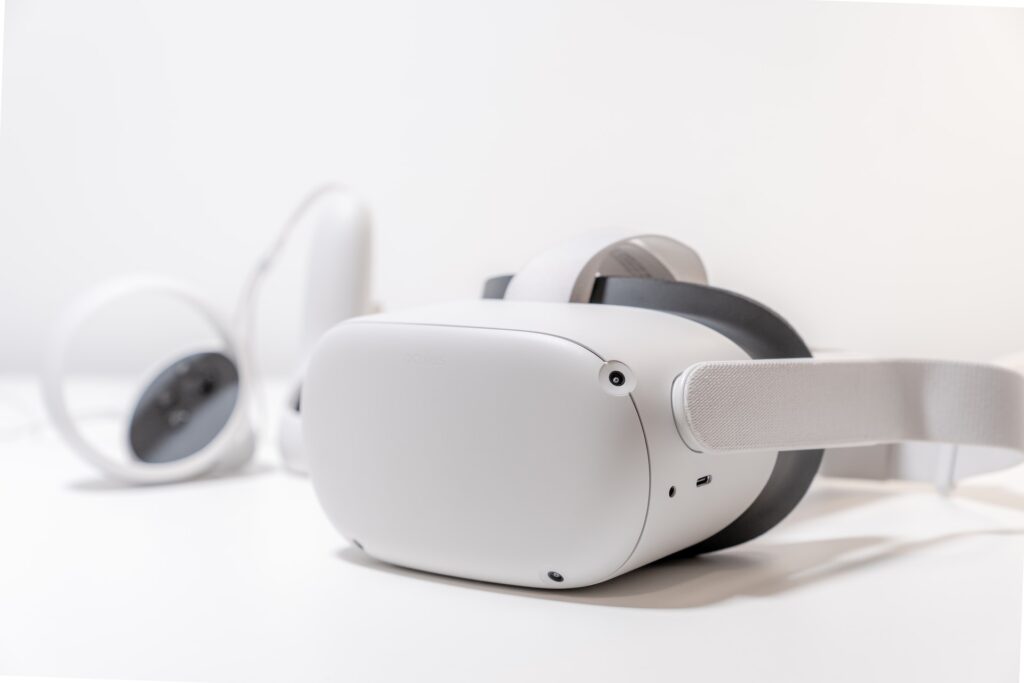Beyond Reality: Exploring the Pros and Cons of AR and VR Technology
Two technologies that have gained significant attention in recent years are Augmented Reality (AR) and Virtual Reality (VR). These technologies offer immersive experiences that enable users to interact with digital information in new and exciting ways. However, despite their growing popularity, many people still struggle to understand the differences between AR and VR, and the unique advantages each technology offers.

What is Augmented Reality (AR) and Virtual Reality (VR)
AR is a technology that enhances the real-world environment by adding digital elements such as graphics, sounds, and haptic feedback to it. The user can still see and interact with the real world, but with added virtual elements. AR is commonly used in smartphone apps, heads-up displays, and wearable devices like smart glasses.
On the other hand, VR is a technology that creates a completely virtual environment that immerses the user in a simulated reality. Users wear a VR headset that covers their entire field of vision, and the headset displays a computer-generated environment that responds to the user’s movements and actions. VR is commonly used in gaming, education, and training simulations.
Pros and Cons of Each Technology
Conclusion
Augmented Reality (AR) and Virtual Reality (VR) are two distinct technologies that offer unique advantages and limitations. AR enhances the real world by overlaying digital elements, which can be helpful in various fields such as education, healthcare, and entertainment. VR, on the other hand, creates a fully immersive environment that can transport users to different scenarios, making it ideal for gaming, training, and education. Both technologies have their own set of pros and cons, and the choice between them will depend on the specific application and user needs. As these technologies continue to evolve, it is likely that we will see even more innovative and exciting applications of AR and VR in the future.







